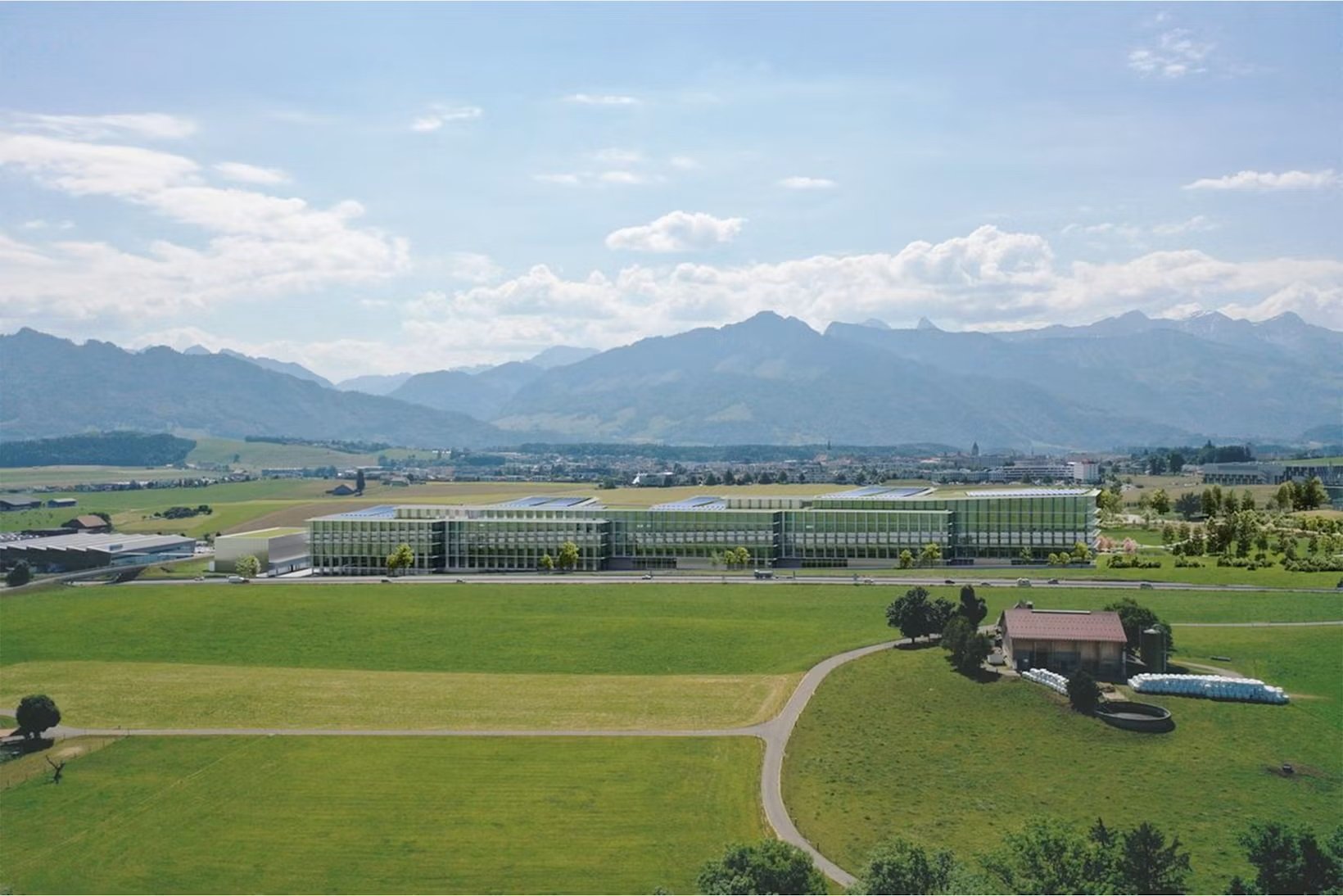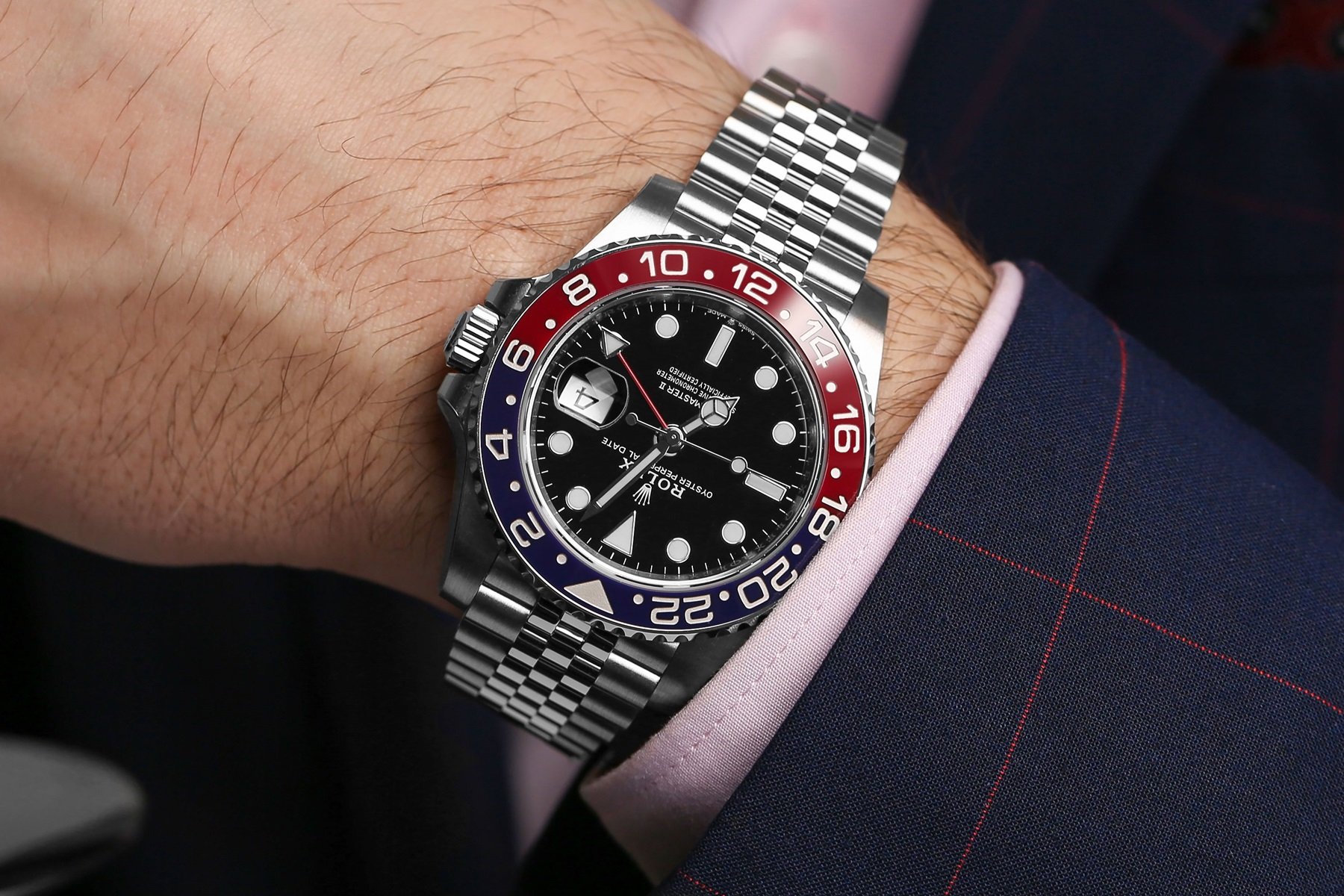Will The Future Rolex Manufacture Solve Your “Pepsi” Problems?
When we talk about Rolex, we talk about huge numbers. According to Bloomberg, last year, Rolex produced 1.24 million timepieces with sales of CHF 10.1 billion. That wasn’t enough to get people their desired “Pepsi” GMT-Master IIs, though. The future Rolex manufacture, about which the brand issued its first official press release, might change that. In due time, that is, because the 2022-announced manufacturing facility in Bulle in the canton of Fribourg is set to open five years from now. And will you still crave a “Pepsi” in 2029, or will your taste have changed? Rolex bets it won’t have, and, honestly, my money is on that too.
In late 2022, word got out that Rolex had acquired 104,686 square meters of land in the canton of Fribourg. On this patch of land (which cost CHF 31 million) in the industrial area of La Prila, close to the E27/A12 highway, a new manufacturing facility will aim to push production numbers way up. Having Rolex in Bulle, a small municipality in the district of Gruyère, 120 kilometers northeast of Geneva, is a big thing for the canton of Fribourg. That’s why the local authorities worked closely with the watch brand to make the project happen. After all, the new facility will provide jobs for around 2,000 people. The press release announcing the new manufacture preceded the building permit by just a few days. If you want to see the building permit, please find it in the Feuille officielle du canton de Fribourg.
First renders of the future Rolex manufacture
When Rolex sent out the communiqué last week, it came with renders of the manufacture-to-be, the fifth for the brand. The new complex, consisting of four production buildings connected by a central structure, looks impressive — what else did you expect? And it is also designed to be green. The goal is to attain the highest-level BREEAM (Building Research Establishment Environmental Assessment Method) certification. If Rolex succeeds, the Bulle manufacture will be the first BREEAM-certified industrial building in Switzerland. To give you an idea, Rolex strives to reduce energy use by 10% compared to a non-BREEAM manufacture.
Since the new manufacture won’t be operational until 2029, it won’t quench the thirst for “Pepsi” travel watches or satisfy the demand for steel Daytona chronographs right away. To address that issue, Rolex already set up three temporary production facilities in Romont and Villaz-Saint-Pierre. The 250–300 Rolex employees working inside those two facilities will transfer to the new Bulle manufacture once it’s up and running.
With the addition of Bulle, the number of people working for Rolex in 2029 will be about 11,000 in Switzerland. Worldwide, the brand will employ around 16,000 people by then. As of today, the Rolex headquarters are in the Acacias district of Geneva. Acacias is where the development and assembly of watches take place. Also happening in the canton of Geneva is the production of watch cases, bracelets, dials, and Cerachrom bezels and inserts in Plan-les-Ouates. Gem-setting takes place in Chêne-Bourg, in the east of the canton of Geneva. Finally, movements are manufactured in the town of Bienne.
Will every steel sports Rolex you desire to become available in 2030?
The billion-dollar question is this: will the new Rolex manufacture in Bulle solve the imbalance between supply and demand? Well, since every company plans for growth, five years from now, the turnover should have gone up significantly. And the same goes for the production numbers. So come 2030, the number of watches versus interested clients might not be completely balanced.
A while back, I wrote about how Rolex market availability will hurt other brands. That same availability could also hurt Rolex. I’m guessing that Rolex will try to find the perfect balance between would-be customers desiring and acquiring. Even with a yearly production of, say, 2 million luxury watches in 2030, Rolex knows all there is to know about scarcity marketing; FOMO is forever. As it stands, Rolex seems to have found the sweet spot between what’s in the window and what’s for sale.





